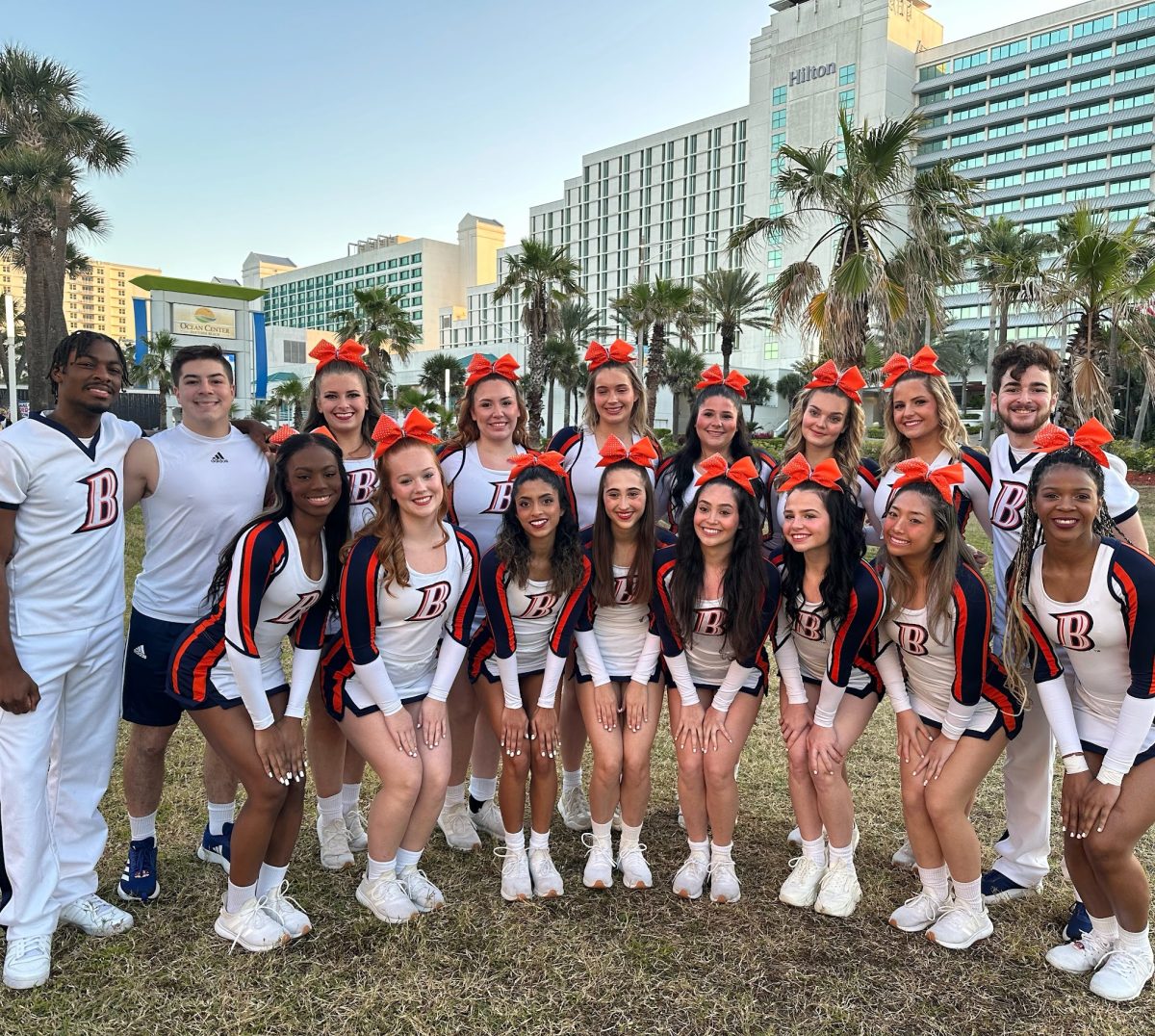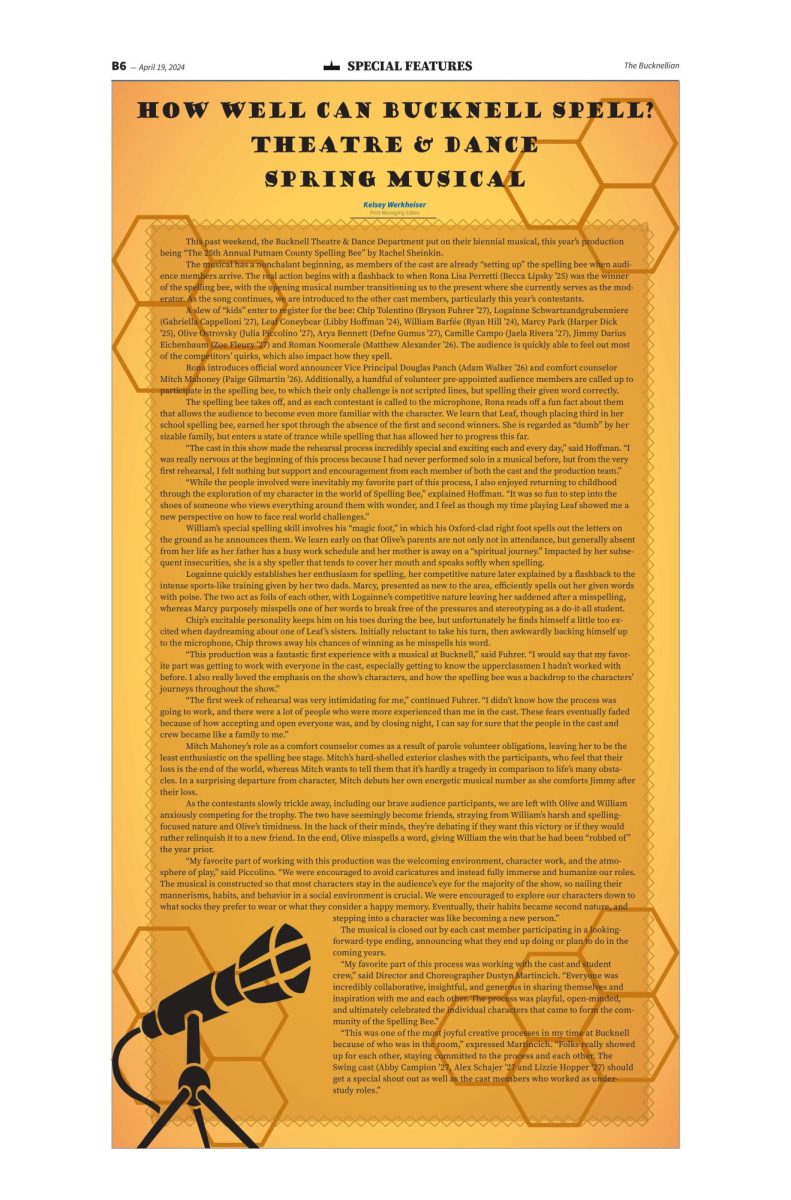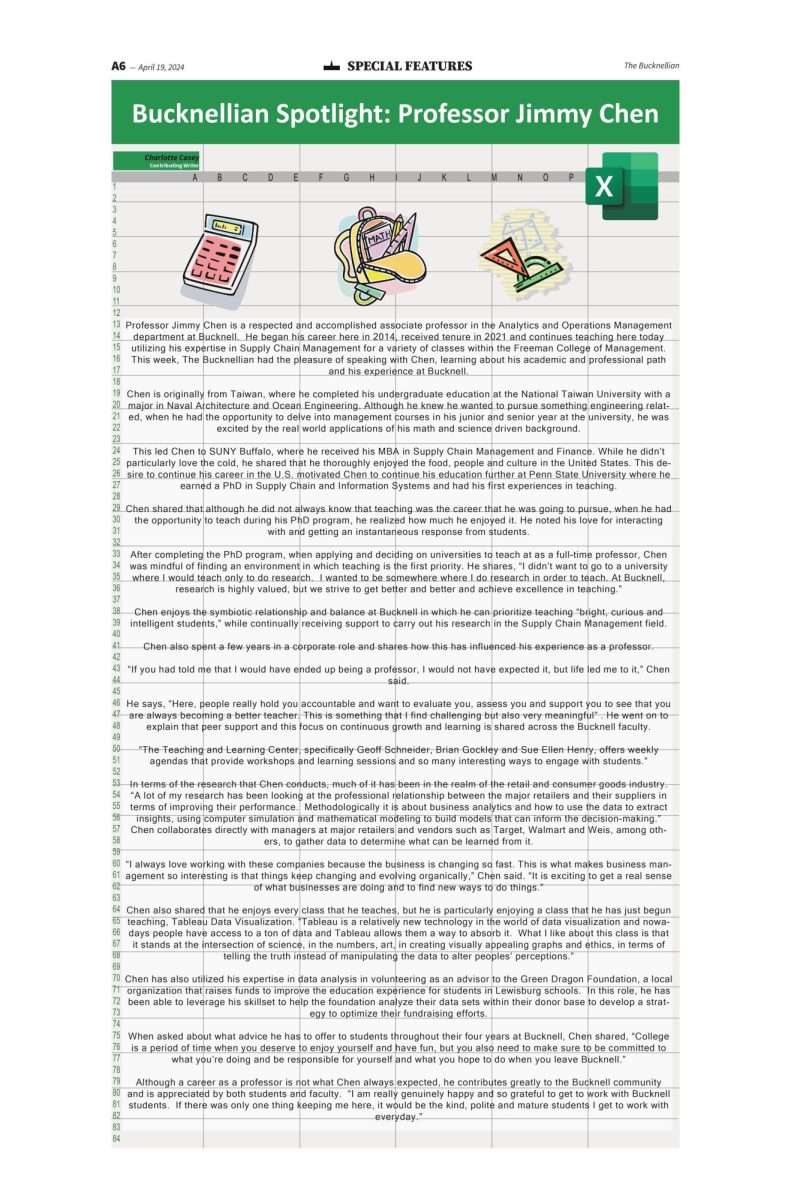Editorial: Inclusivity, even when POTUS suggests otherwise
February 23, 2017
As calls for diversity and inclusion have become increasingly visible throughout academia, society, and popular culture, targeted efforts to use more inclusive language and messaging have risen to prominence.
On a national scale, there have been many recent examples: an NHL Kiss Cam featured its first same-sex couple in January 2016; Airbnb announced an anti-discriminatory policy in September 2016 to combat users discriminating against other users; this year’s New York Fashion Week displayed inclusive and diverse casting while demonstrating solidarity for immigrants and otherwise marginalized groups of people; and Tony-winning Broadway musical “Hamilton” featured a diverse cast and emphasized the role of immigrants in the United States’ founding history.
Closer to home, the University has made strides toward inclusivity. In February 2016, University President John Bravman announced that the mission statement was updated from “men and women” to “students” when referring to those educated at the University. On Feb. 17, Sex Week’s “I Heart the Female Orgasm” talk featured inclusive, non-heteronormative language, anecdotes, and information. A Shabbat and Solidarity Dinner was jointly hosted by the Muslim Students Association (MSA) and Hillel on Feb. 17, the first of its kind. There have also been efforts to implement gender-neutral bathrooms into existing or newly constructed buildings on campus, though a definite deficit exists and doesn’t yet meet the needs of all University students, faculty, and staff.
But while undeniable efforts have been made and carried out, there is still plenty of room for improvement, especially when the civil liberties of the most marginalized people remain in jeopardy. On Feb. 22, the Trump administration released a “Dear Colleague” letter walking back the policy put in place by the Obama administration to protect LGBTQ+ students from discrimination concerning the use of the restroom or locker room of their choice. Obama’s directive threatened to pull federal funding from U.S. public schools if they didn’t allow students to choose which locker room or restroom that corresponded to their gender identity; Trump’s leaves the issue up to states.
Not only does this new directive imperil the fight for inclusivity in public schools, where many students who identify as transgender or gender non-binary experience discrimination over which facilities to use, but it sets the stage for future acts of discrimination based on LGBTQ+ status. It will even impact an upcoming Supreme Court case on the same question, potentially kicking it back to lower courts.
It is somewhat heartening to hear that Secretary of Education Betsy DeVos allegedly was at odds with the Trump administration over the issue; her immediate tweet affirmed that protections of “those who are most vulnerable” are critically important. However, words can only go so far, and talking the talk is vastly different from walking the walk. Time will tell whether this assault on individual rights will be upheld, or whether the current climate of fighting for inclusivity will champion the issue of bathroom discrimination.
Going forward, the University should draw lessons from the issue playing out on the national stage, and bear in mind that inclusivity is the key to success for all its constituents. Affecting change and making progress with regard to inclusivity is paramount to the success of society and the individuals who comprise it, with the understanding that change can be a long process, especially when the groups most affected are not the majority.


























